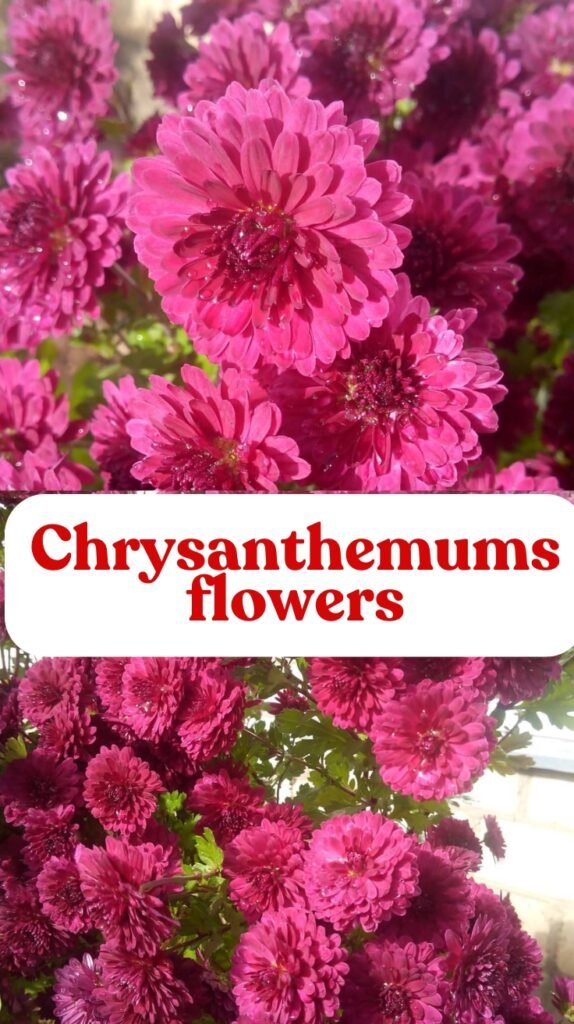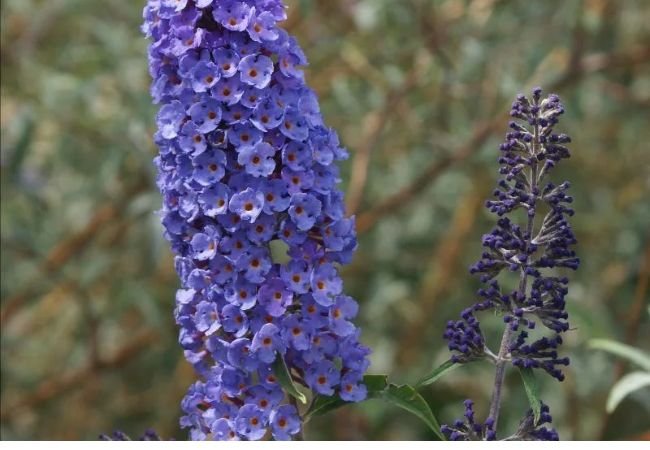Discover everything about chrysanthemums flowers—from growing tips to their symbolism and varieties. Ashley Scott shares 10 years of gardening wisdom!

Hey there, I’m Ashley Scott, and welcome to my little corner of the gardening world at usagardenhub.com. With 10 years of gardening experience under my belt, I’ve fallen in love with many flowers, but chrysanthemums flowers—or “mums,” as I often call them—hold a special place in my heart. Their vibrant colors, unique shapes, and rich history make them a standout in any garden, including mine. In this article, I’m excited to share everything I’ve learned about these magnificent blooms, from how to grow them to what they symbolize. Whether you’re a seasoned gardener or just curious about chrysanthemums flowers, you’re in for a treat!
This guide is packed with practical tips, personal stories, and answers to common questions like “Where do chrysanthemums grow best?” and “What do chrysanthemums symbolize?” It’s designed to be your go-to resource, optimized for Google’s AI-driven search algorithms, featured snippets, and even voice search. So, let’s dive into the world of chrysanthemums flowers together!
What Are Chrysanthemums Flowers?

If you’ve ever wondered what makes chrysanthemums flowers so special, let’s start with the basics. Chrysanthemums are flowering plants belonging to the Asteraceae family, known for their daisy-like blooms. The chrysanthemum scientific name is Chrysanthemum morifolium, and if you’re unsure how to say it, the chrysanthemum pronunciation is simple: “kris-AN-the-mum.” Easy, right?
Often called “mums” or the chrysanthemum common name, these flowers come in a dazzling array of colors—think red, yellow, white, and even purple flowers. I first planted mums in my garden about a decade ago, and their bold hues instantly brightened up the space. There are tons of chrysanthemum species, each with its own charm, making them a versatile choice for any gardener.
The Chrysanthemum Flower Meaning and Symbolism

One thing I adore about chrysanthemums flowers is how much meaning they carry. Across cultures, they symbolize different things. Generally, they’re tied to joy, optimism, and longevity—perfect for lifting your spirits! In Japan, chrysanthemums are so revered they’re featured in the imperial seal and celebrated during the “Festival of Happiness.” In China, they represent vitality, while in the West, they’re often linked to friendship and well-wishes.
The chrysanthemum flower meaning can also shift based on color. For example, a white chrysanthemum flower often stands for purity and remembrance, which is why you might see them at memorials. Red ones scream love, while yellow ones bring cheer. I once gifted a pot of yellow mums to a friend, and she couldn’t stop smiling—it’s amazing how flowers can speak without words!
Curious about something unique? In India, chrysanthemums are known as “godawari” flowers—so, the answer to “What is the Indian name for chrysanthemum?” is godawari flower in English. Pretty cool, huh?
How to Grow Chrysanthemums Flowers
Now, let’s get to the fun part: growing chrysanthemums flowers! I’ve had my fair share of trial and error, so I’m happy to share what works.
Where Do Chrysanthemums Grow Best?
Chrysanthemums thrive in USDA zones 5-9, but they’re adaptable if you give them the right care. They love full sun—at least 6 hours a day—and well-drained soil. I learned this the hard way when I planted my first mums in a shady spot; they barely bloomed! Pick a sunny corner of your yard, and you’re halfway there.
Soil, Sunlight, and Water Tips
- Soil: Use loamy soil with a pH of 6.0-7.0. Add compost for extra nutrients—my mums perked up after I started doing this.
- Sunlight: More sun equals more blooms. Simple as that!
- Water: Keep the soil moist but not soggy. I water mine once or twice a week, depending on the weather.
Planting and Care Tips
Spring or early fall is the best time to plant mums. Space them about 18-24 inches apart so they have room to spread. Pinch back the tips in early summer to encourage bushier growth—I skipped this once, and my plants got leggy. For more growing hacks, check out my guide to fall gardening on the site.
Need a reliable resource? The University of Minnesota Extension has great advice on mum care.
Exploring Chrysanthemum Species and Varieties
One of the joys of growing chrysanthemums flowers is picking from so many varieties. Here are a few that have caught my eye over the years:
- Spider Mums: Long, tubular petals that look wild and whimsical.
- Pompon Mums: Small, round blooms that remind me of cheerleader pom-poms.
- Anemone Mums: Flat with a raised center—super striking in white or purple.
I’ve got a soft spot for Chrysanthemum morifolium, the most common garden variety. Its versatility and bloom power are unmatched. Want to mix things up? Pair mums with other flowers like iris for a stunning contrast—my garden’s never looked better since I tried this combo!
Chrysanthemum Uses: More Than Just Pretty Blooms
Chrysanthemums flowers aren’t just for show—they’re multi-talented! Here’s how I’ve seen them shine:
Ornamental Beauty
Mums are perfect for borders, pots, or even as cut flowers. Last fall, I filled my porch with potted mums, and neighbors kept asking where I got them!
Medicinal Magic
In some cultures, chrysanthemums are brewed into tea to ease stress or colds. I tried chrysanthemum tea once—it’s light and floral, though I’m still a coffee girl at heart.
Culinary Twist
Yes, you can eat them! The petals add a peppery kick to salads. I tossed some into a dish for fun, and it was a hit at dinner.
For more on their uses, the Purdue University Horticulture Department has fascinating insights.
Chrysanthemums Flowers Near Me: Where to Find Them
Looking for chrysanthemums flowers near me? Start at local nurseries or garden centers—I’ve scored gorgeous mums at mine every season. Online, sites like The Home Depot or Burpee deliver straight to your door. Pro tip: Check bloom times so you get them at their peak!
Fun Facts About Chrysanthemums Flowers
Before we wrap up, here are some tidbits I’ve picked up:
- They’re November’s birth flower—perfect for my Scorpio friends!
- The name comes from Greek: “chrysos” (gold) and “anthemon” (flower).
- Japan has a National Chrysanthemum Day—talk about flower love!
For more trivia, peek at Cornell University’s plant guide.
Final Thoughts on Chrysanthemums Flowers
After 10 years of gardening, I can say chrysanthemums flowers are worth every bit of effort. They’ve brought color, stories, and even a little adventure to my yard. Whether you’re planting them, gifting them, or just admiring their beauty, mums have a way of making life brighter. Need more flower inspiration? Explore my guide to purple flowers for your next project.
Got questions about mums? Drop a comment on usagardenhub.com—I’d love to chat gardening with you!






3 Comments on “A Complete Guide to Chrysanthemums Flowers: Growing, Meaning, and More”